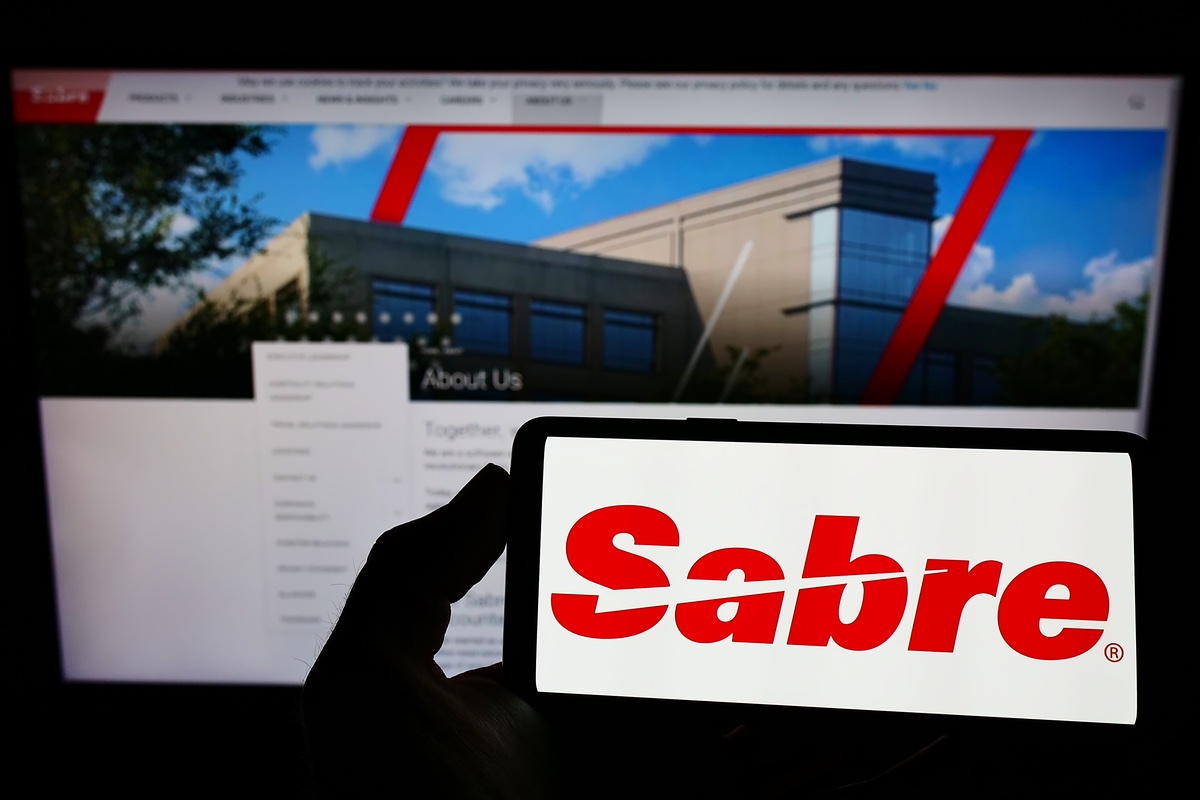Sabre’s India Exec on Finding Talent, Tech Shifts, and What Travelers Want Now

Photo Credit: The logo of Sabre, a travel tech company. Adobe Stock / Timon
Skift Take
As India adds airports, links more towns, and packs hotel rooms, the real question isn’t if travel will boom, it’s whether the industry can keep up.
Travel technology company Sabre is increasing its focus on India, and leading the push is Samual Machado, who returned to Sabre last year to lead its India and South Asia operations.
The company’s investment plan includes hiring from India’s top business schools like the Indian Institute of Management (IIM), strengthening 24/7 customer support, and building a long-term pipeline of talent.
Rather than pulling in seasoned professionals from rival firms, Machado said Sabre is taking a different route. “I didn’t want to just hire from competitors,” he said speaking to Skift on the sidelines of Sabre's 20th anniversary in India. “We’re building a team for the future, and that means bringing in fresh talent, not just experienced hands.”
Sabre has credited its global capability center (GCC) in Bengaluru with “increasingly shaping” the company’s global technology roadmap. Starting as a back-office delivery centre, it has grown into a core pillar of Sabre’s global technology strategy.
Sabre’s Relevance to India’s Travel Industry
India’s travel industry is changing quickly. What used to be the domain of walk-in travel agencies is now dominated by online platforms and apps.
In all this, global distribution companies like Sabre are helping travel sellers and buyers navigate a fast-changing, tech-heavy world. “Gen Z wants to plan everything themselves,” Machado said. “15 years ago, brick-and-mortar agencies handled most bookings in India. Today, online travel agencies dominate.”
The switch though isn’t just generational. Travelers now expect more options, faster bookings, and the flexibility to make decisions late. While corporate travel remains structured and is almost always planned in advance, leisure travel is increasingly spontaneous. With better deals available closer to the date, many Indian holiday-goers are content waiting till the last minute to book.

How the Pandemic Changed the Indian Traveler
Covid-19 didn’t just pause travel, it changed how Indians travel for good. “The pandemic taught people to value organized travel,” said Machado. “During Covid, I remember how one could book a night’s stay at the Taj or Oberoi for INR 5000 ($58).”
They’re willing to pay more now, Machado noted, because they see the value in premium experiences. It’s a sign of a maturing market and of rising aspirations. “Indian travelers are graduating into spending on themselves.”
These rooms in five-star hotels were earlier filled mostly by foreign tourists.
The improved road infrastructure and growth in domestic air travel have also played a role. As more cities get connected and travel becomes easier, leisure and business travel have surged. Visa delays for international travel have also pushed more people to explore within India, further fueling this domestic growth, Machado said.
Corporate Travel: Back, But Different
While corporate travel took a hit during the pandemic, it’s coming back, albeit with some changes. “People realise the value of face-to-face meetings again,” Machado said. “Especially in India, where many destinations are short-haul, people are flying in and out on the same day, so you don’t even need to book hotels.”
Cities like Hyderabad and Bengaluru are seeing more international business traffic. As India becomes a global hub for back-end operations corporate travel is expected to increase even more.
Air connectivity is expanding rapidly, with 60 new airports planned and 1,500 aircraft expected in the coming years. According to Machado, “No other South Asian country is investing at this scale in aviation.”
NDC, India Investment, and The Next Chapter
Sabre’s next big bet is on NDC (New Distribution Capability). NDC allows for richer content in flight bookings, like seat selection, baggage details, and dynamic pricing. Air India is one of the first in the country to adopt it via Sabre. By the end of 2025, Sabre expects to support NDC for nearly all full-service carriers globally.
“Sabre has the most number of airlines active on our NDC, we currently have 35. By the end of this year, we expect to touch 50 and then by the end of next year, we should have almost all full service carriers who are willing to be on NDC on our platform,” he said.
The LCC Balancing Act
India’s low-cost carriers (LCCs) like IndiGo typically prefer to sell tickets directly to customers. But as they look to grow internationally and offer premium seats, including business class, they need the reach and corporate links that come with a global distribution system (GDS), according to Machado.
Sabre sees this as a win-win. “Direct is great for filling economy seats, but when it comes to business class or international routes, LCCs need GDS to reach corporate customers and global travelers.”
Plus, running large-scale direct systems comes at a cost. “The cloud bills for these airlines are massive,” Machado said. “By letting GDS platforms handle traffic, airlines can cut costs and still keep control where it matters.”



